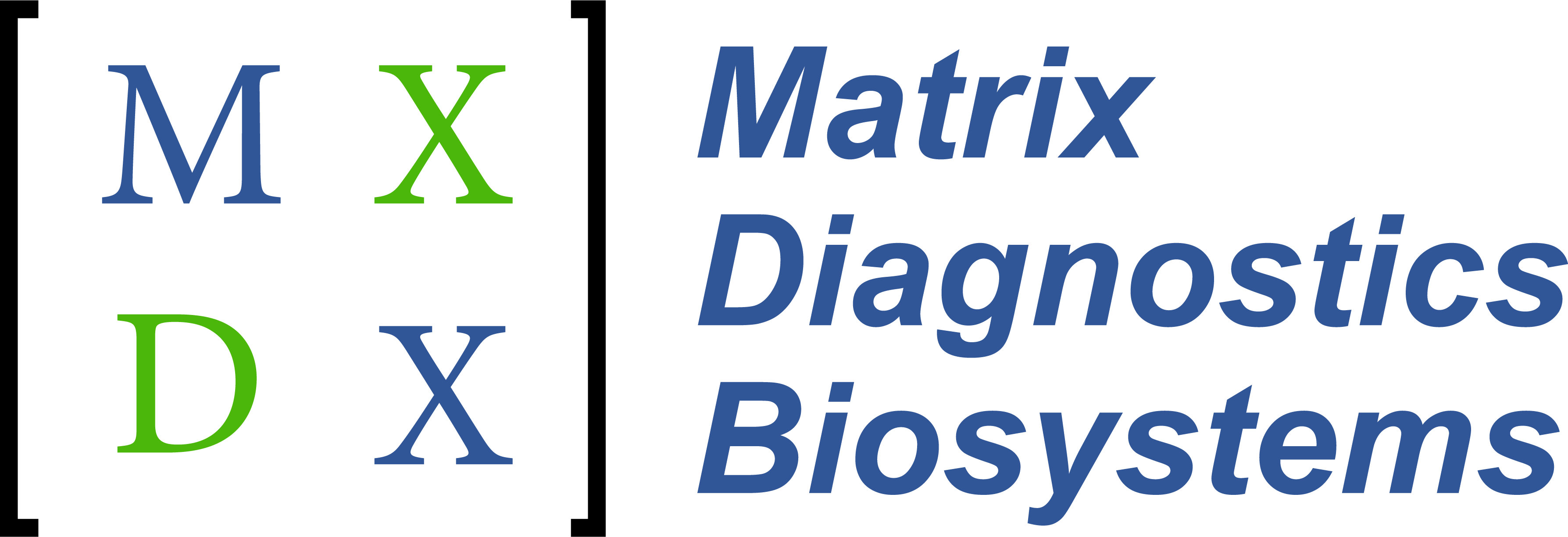Abstract
The common technique of growing cells on tissue culture plastic (TCP) is gradually being supplanted by methods for culturing cells in two‐dimensions (2‐D) on matrices with more appropriate physical and biological properties or by encapsulation of cells in three‐dimensions (3‐D). The universal acceptance of the new 3‐D paradigm is currently constrained by the lack of a biocompatible material in the marketplace that offers ease of use, experimental flexibility, and a seamless transition from in vitro to in vivo applications. In this Prospect, I argue that the standard for 3‐D cell culture should be bio‐inspired, biomimetic materials that can be used “as is” in drug discovery, toxicology, cell banking, and ultimately in medicine. Such biomaterials must therefore be highly reproducible, manufacturable, approvable, and affordable. To obtain integrated, functional, multicellular systems that recapitulate tissues and organs, the needs of the true end‐users—physicians and patients—must dictate the key design criteria. Herein I describe the development of one such material that meets these requirements: a covalently crosslinked, biodegradable, simplified mimic of the extracellular matrix (ECM) that permits 3‐D culture of cells in vitro and enables tissue formation in vivo. In contrast to materials that were designed for in vitro cell culture and then found unsuitable for clinical use, these semi‐synthetic hyaluronan‐derived materials were developed for in vivo tissue repair, and are now being re‐engineered for in vitro applications in research. J. Cell. Biochem. 101: 1370–1383, 2007. © 2007 Wiley‐Liss, Inc.
